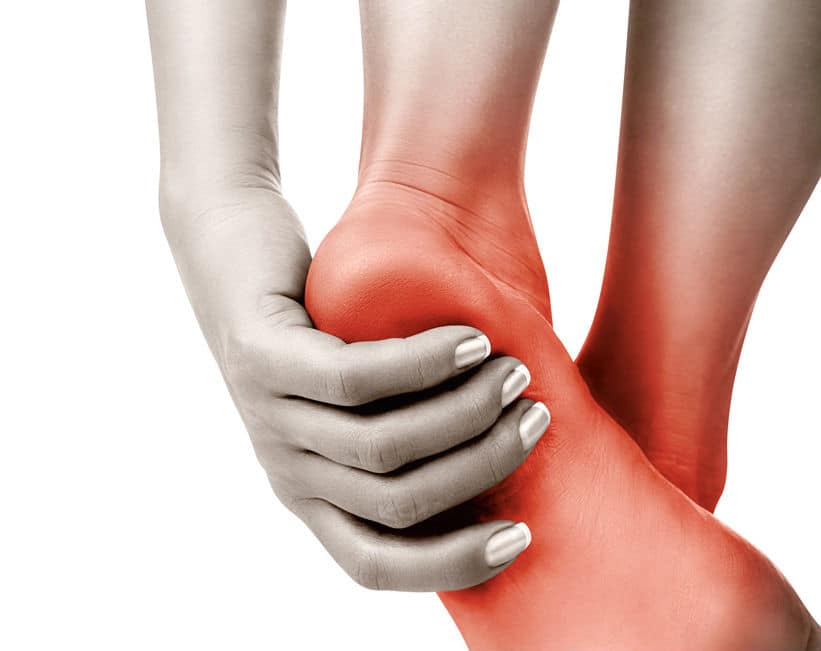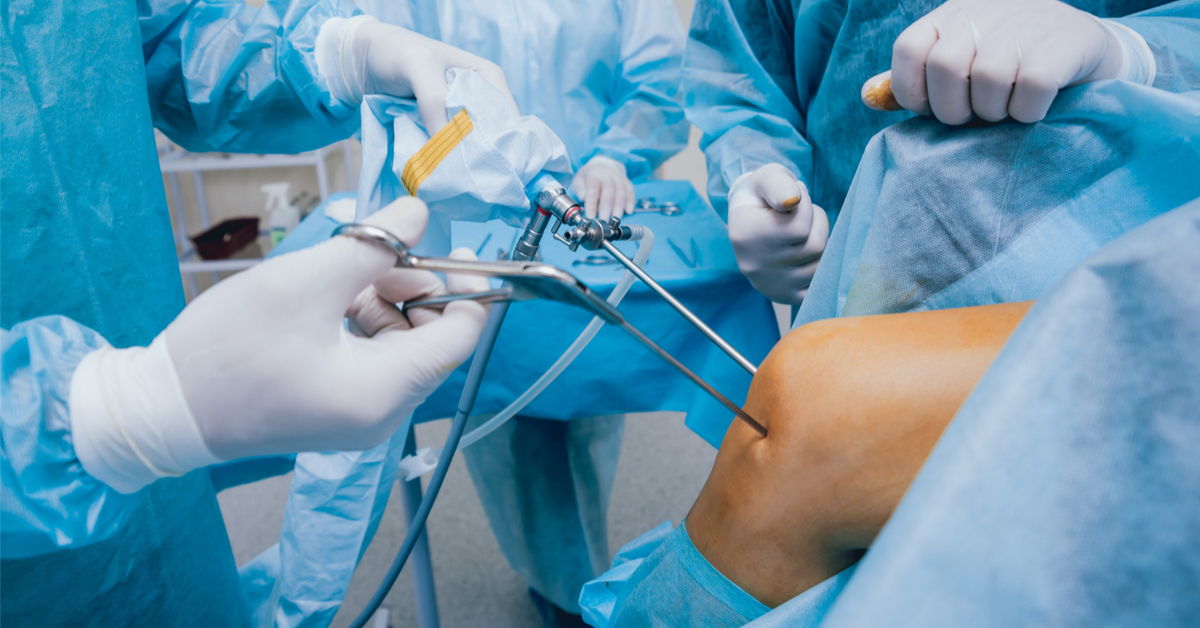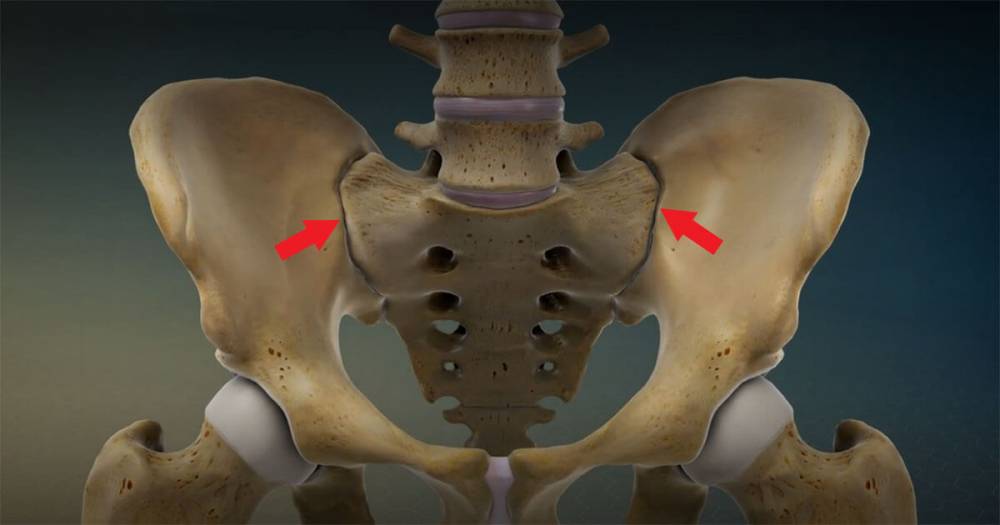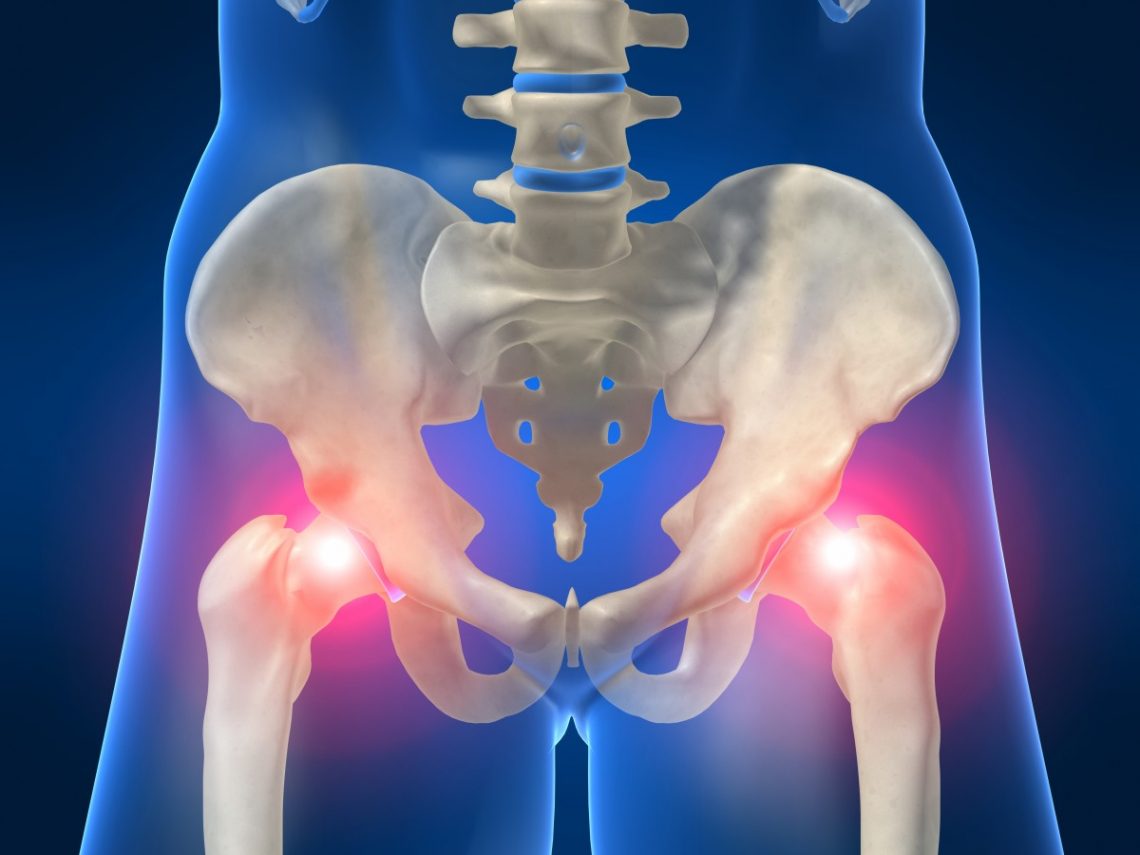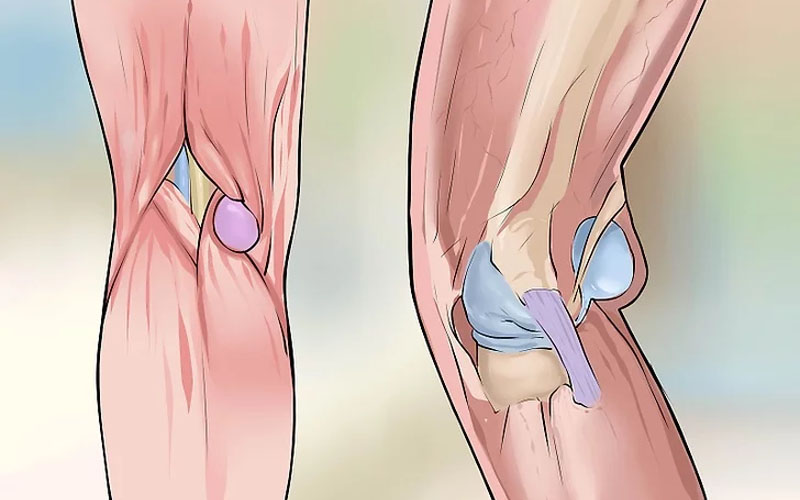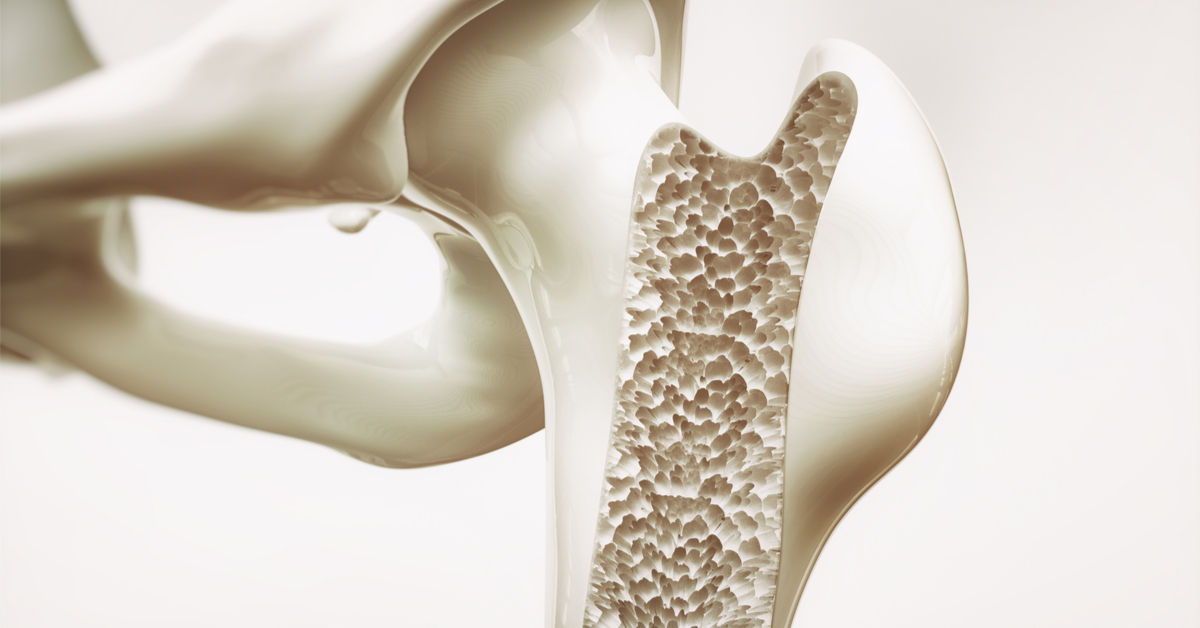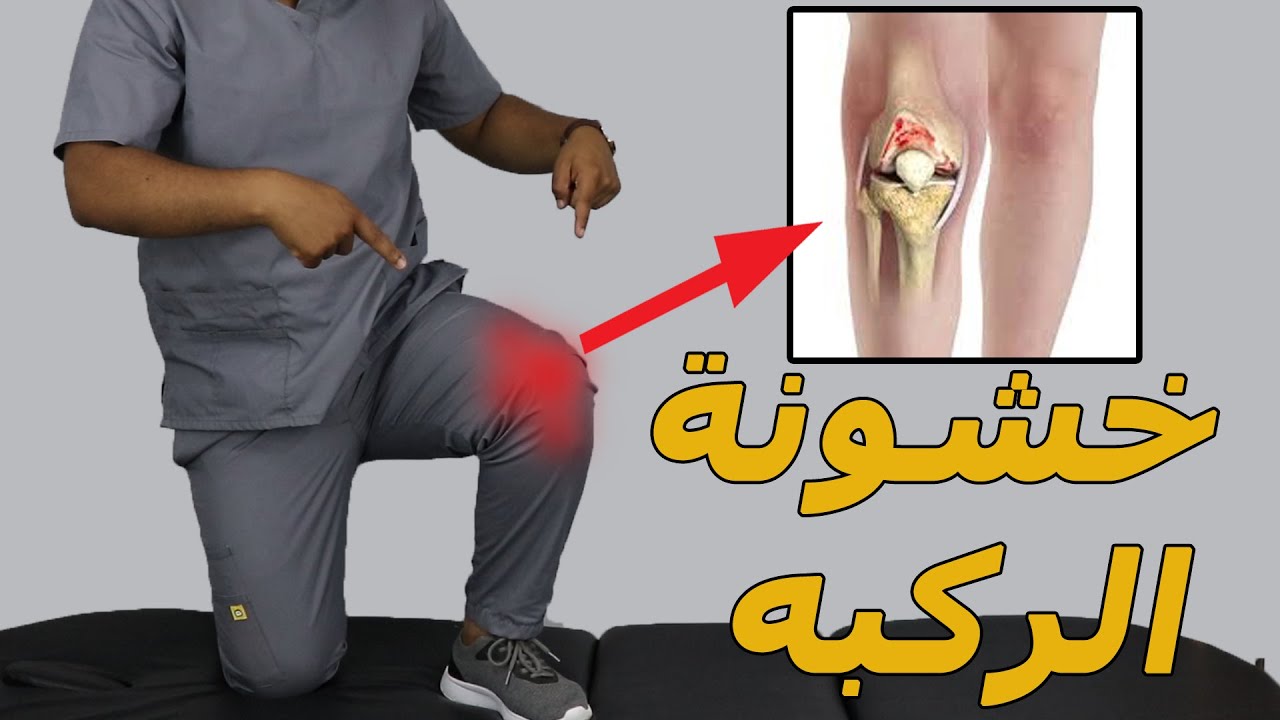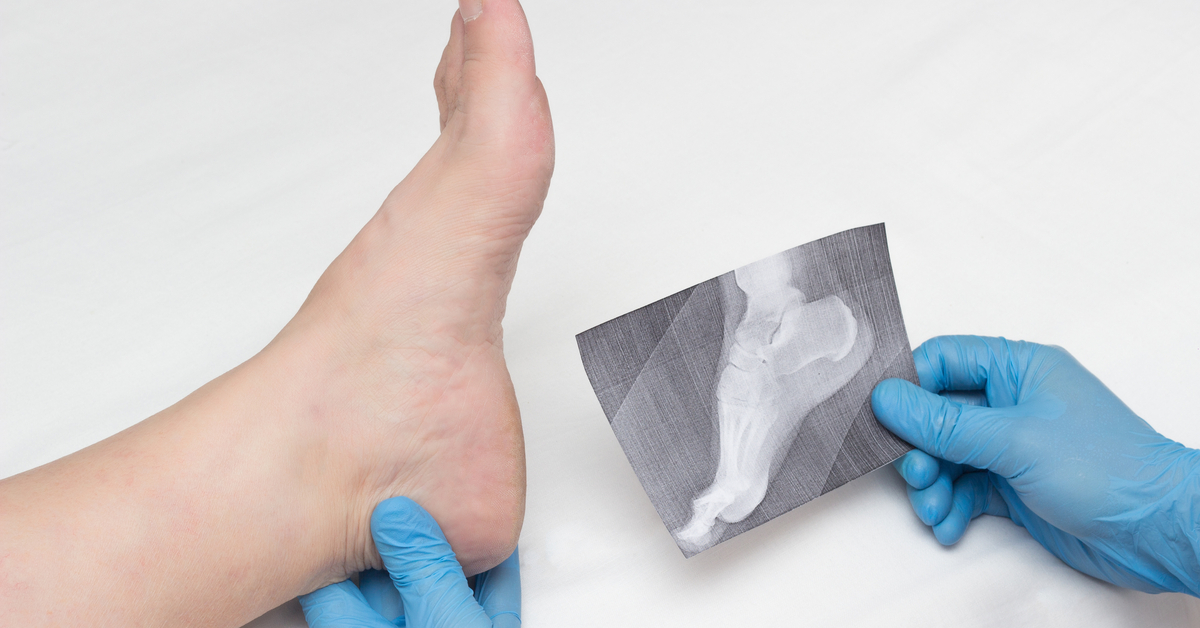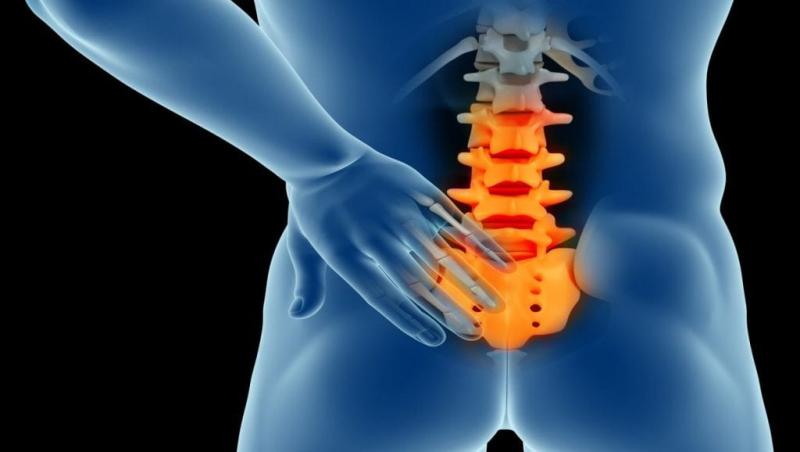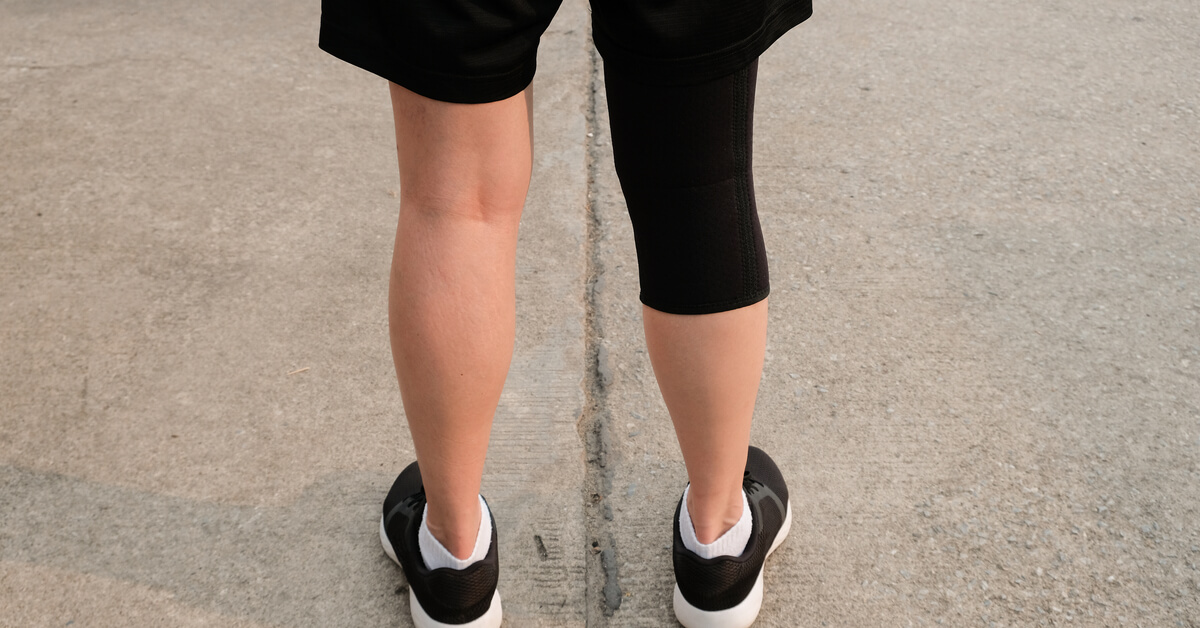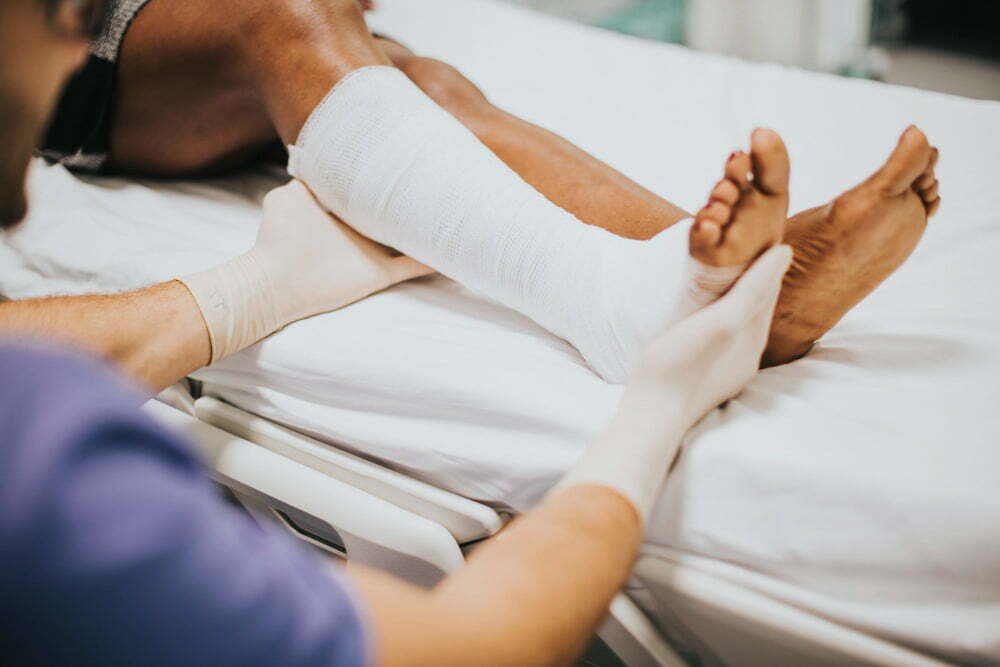Understanding the Cost of Intramedullary Nailing Surgery and Its Major Complications
How much does a spinal nail operation cost Intramedullary nailing surgery, widely used for severe fracture cases, has gained significant popularity. In the following paragraphs, we will delve into more information regarding this surgery, the pain it entails, and its key advantages and disadvantages. Stay with us to learn all the latest details.
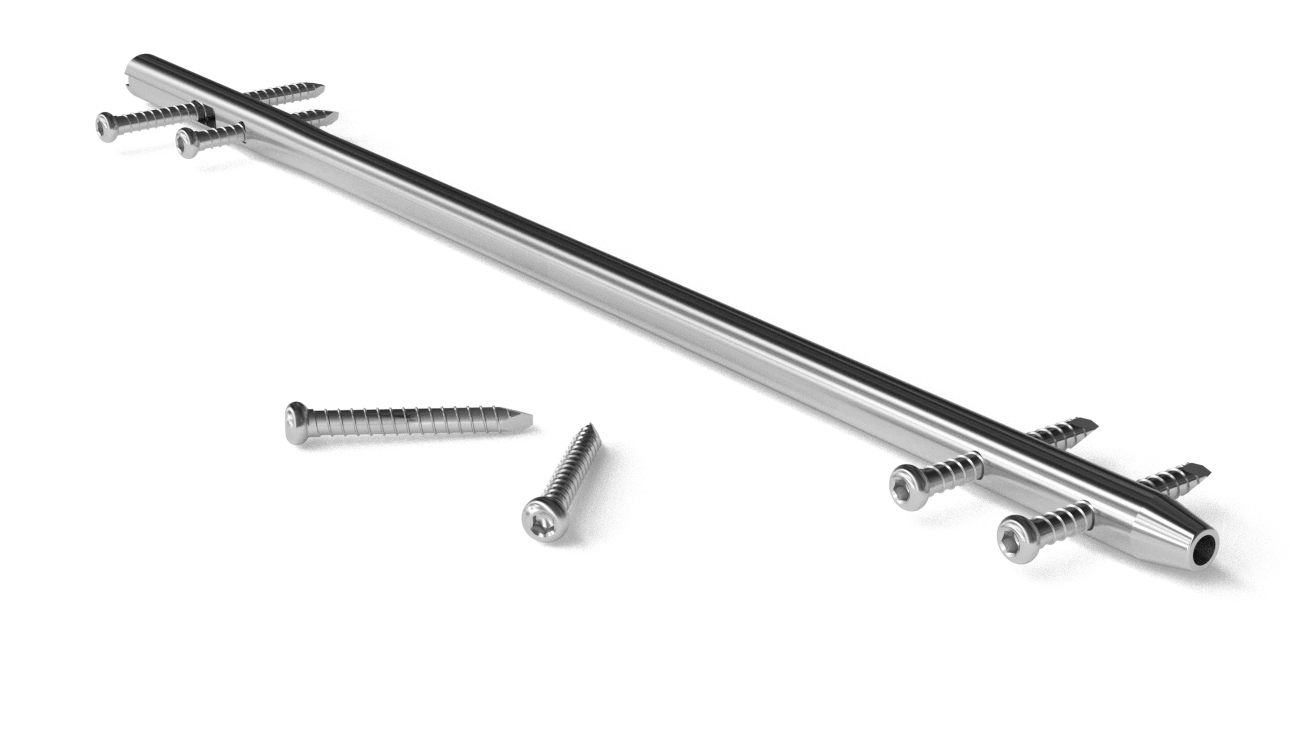
How much does a spinal nail operation cost?
We specialize in providing the perfect solution for your spinal problems with Dr. Amr Amal’s spinal nail operation.
One of the key features of the spinal nail operation is that it is costly and requires a significant amount of money. The cost of a spinal nail operation in Egypt ranges from 350,000 to 500,000 Egyptian pounds, depending on various factors that directly affect the price, including:
- The competence and skill of the doctor and their years of experience in this type of procedure.
- The surgical technique employed by the doctor during the operation.
- The patient’s overall health and any other health issues they may have.
- The quality of the tools and equipment used by the doctor to successfully complete the surgical procedure.
- The level of the hospital where the patient undergoes the operation and the extent of the necessary healthcare provided there.
What is a spinal nail operation?
A spinal nail operation is a surgical procedure used to repair broken bones and maintain bone stability. This type of fracture commonly occurs in long bones of the leg, upper arm, and hip. The procedure involves placing a permanent nail in the center of the fractured bone to help bear weight. It is performed through the following steps:
- The doctor inserts the nail or rod into the medullary canal of the long bone that has suffered a significant fracture and needs stabilization.
- During the procedure, the doctor corrects the position of the bones or bone fragments to restore them to their proper shape and position. Then, the titanium nail or metal plate designed specifically for the case is inserted into the bone center, passing through the fracture to maintain its new position.
- The doctor makes a small surgical incision to insert the titanium nail into the bone and secures it with titanium material on the sides of the nail.
What to expect after a spinal nail operation?
When a person experiences a complex fracture in the leg or other parts of their body, the doctor may opt for a spinal nail operation to connect the fractured bone ends. This accelerates the bone healing process, recovery, and overall healing. Following the operation, the patient should adhere to important instructions to ensure the success of the procedure, including:
- Avoid putting excessive weight on the fractured bones.
- The patient should refrain from lifting heavy objects or engaging in strenuous physical activities.
- Using crutches or a walker in the initial period after the operation to assist with walking.
- The patient should diligently take the prescribed medications at the designated times and dosages.
- It is essential for the patient to avoid engaging in vigorous activities for several weeks after the operation to ensure complete fracture healing and recovery.
Complications of Spinal Screw Surgery
Spinal screw placement surgery is considered a safe procedure with no inherent harm, but like any surgical procedure, it may lead to some complications, including:
- Pain and bacterial infections.
- Damage to surrounding nerves or blood vessels.
- Formation of blood clots.
- Delayed bone healing and improper alignment, especially in smokers.
How long does spinal screw placement surgery take?
We aim to achieve the best results for your health with the exceptional spinal screw placement surgery performed by Dr. Amr Amal.
The duration of spinal screw placement surgery typically ranges from 3 to 6 hours in the operating room. The exact time depends on the severity of the fracture, the type of screw used by the surgeon, and any additional procedures the patient may require during surgery.
Pain after spinal screw placement surgery
It is normal for patients who have undergone spinal screw placement surgery to experience some pain for a period of time due to the bone fractures they have suffered. This pain may persist until the fracture heals, and the patient regains the ability to perform their daily activities normally. Physical therapy, rehabilitation, and regular follow-up with the doctor and a physical therapist can help manage the pain and improve the patient’s condition.
Success rate of spinal screw placement surgery in Egypt
Egypt is one of the leading countries in the field of spinal screw placement surgery, with a high success rate due to the presence of a select group of the best specialized doctors and surgeons in this field. Additionally, modern techniques and methods are employed. Spinal screw placement surgery is known for its high success rate, reaching up to 90% or possibly even higher. Furthermore, this surgical procedure can be performed at any age, allowing patients to regain their vitality and natural mobility later on in life.
Steps for Physical Therapy After Spinal Screw Placement Surgery
Patients undergoing spinal screw placement surgery should adhere to a physical therapy and rehabilitation program to prevent the formation of blood clots. The patient begins this program immediately, as determined by the physical therapist, depending on the patient’s condition and their ability to regain muscle strength, joint mobility, and flexibility. These exercises also help improve movement and balance to enhance the ability to walk normally again.

Schedule with the Best Doctor for Spinal Screw Placement Surgery in Egypt
If you’re looking for the best doctor to assist you with spinal screw placement surgery in Egypt, today we introduce you to Dr. Amr Amal, one of the top specialists in spinal screw placement surgery. He serves as a faculty member at Ain Shams University, where he earned his master’s and doctoral degrees. Dr. Amr is known for his excellent patient care and attentive listening to their complaints with an open heart. He is dedicated to selecting the best solution for each patient, tailored to their health condition. Dr. Amr utilizes the latest techniques and methods that greatly contribute to the success of the surgical procedure. You can book an appointment with Dr. Amr through the Visita or Clindo applications, which are modern tools that facilitate organized and efficient doctor appointments without facing any hassles or problems. You can also contact Dr. Amr through his official website by clicking here.
When and How to Start Walking After Spinal Screw Placement Surgery?
Walking is one of the most important physical exercises recommended by doctors after spinal screw placement surgery to accelerate recovery and complete healing. It also helps strengthen and tighten the muscles, reducing the load and pressure on the bones, enabling the patient to move the affected area later on.
If the patient has a fracture that did not result in bone fragmentation, they may start walking with the assistance of crutches during the first week after surgery. However, if there is bone fragmentation, the patient may begin walking several weeks after the surgical procedure.

When is the Spinal Screw Removed?
The placement and design of the spinal screw are intended to keep it in place for a long period, potentially for the patient’s lifetime, as it provides full support to the bones and aids in their healing process. However, there are cases in which the spinal screw is removed if it causes any harm, pain, discomfort to the patient, or if a child is still in the growth stage, it may be removed immediately. The doctor may also consider removal after a year of placement, once they are confident that the fracture has fully healed and the patient has fully recovered. The doctor should not leave the screw if they encounter difficulty in removing it due to the following factors:
- If the screw is damaged or broken.
- If the screw is deeply embedded in one of the bones.
- When there are bones covering the screws.
- When the head of the screw is damaged, making it difficult to attach a screwdriver for removal.
Is Spinal Screw Placement Surgery Successful?
Experience a significant improvement in your life with Dr. Amr Amal’s spinal screw placement surgery and his medical team.
There is no doubt that spinal screw placement surgery is one of the best methods used for stabilizing fractures. It is indeed a successful surgical procedure that yields significant results. It is employed to accelerate the natural healing of bones by sharing the weight with the bones rather than providing full support. This enables the patient to use the affected limb more easily and quickly.
Drawbacks of Spinal Screw Placement
Despite the many benefits offered by spinal screw placement, it is not without some associated drawbacks, which include:

